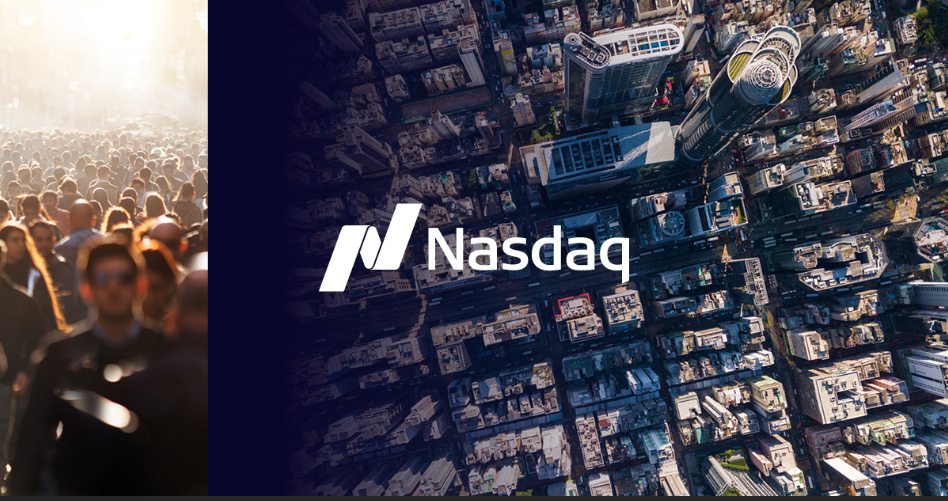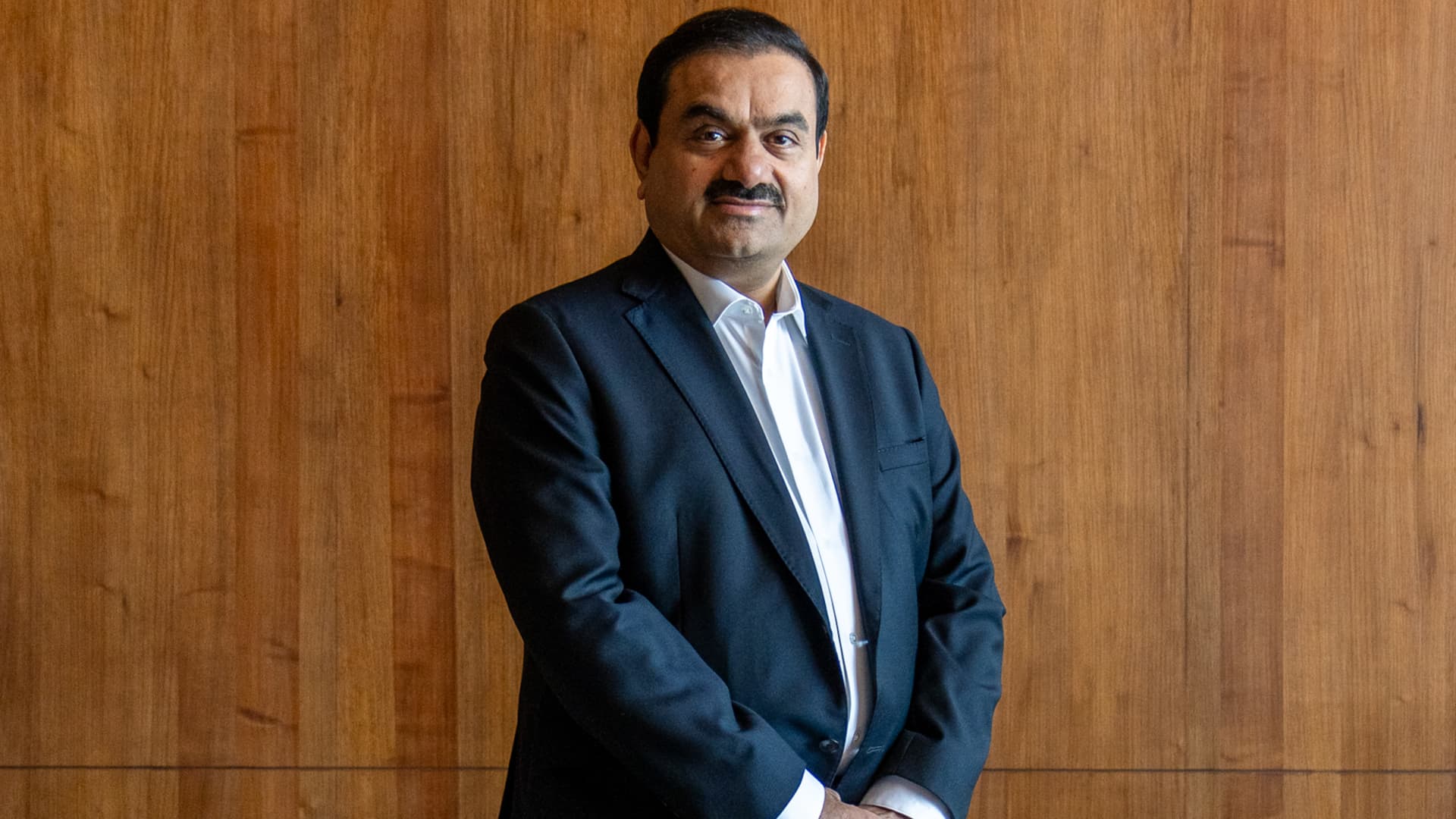
The staking industry is becoming one of the hottest trends in Ethereum and other chains, as companies involved in Liquid Staking and Re-staking are quickly reaching unicorn status. Projects like Lido, Jito, EigenLayer and many others are rapidly innovating on consensus rules, increasing the efficiency and usability of various staking programs on Ethereum, Solana and more.
One upstart in this field is SSV.network, a project initially funded by the Ethereum Foundation to solve one of the bigger weaknesses in Ethereum staking — the requirement to give up custody when staking through external service providers.
SSV.network, by pioneering what’s known as Decentralized Validator Technology (DVT), seeks to fill this decentralization gap and create a truly secure staking ecosystem in the process. With major integrations being live or almost live, including Lido, it’s clear that adoption is growing.
We’ve tracked down Alon Muroch, CEO of SSV Labs, to learn more about how the staking and re-staking industries will grow, and how new technologies like DVT can make them even more resilient.
Hey Alon, it’s great to have you here. It’s always good to start from a basic introduction for our readers: what is your background, and how did you end up working on a startup in the ETH staking industry?
AM: I am Alon Muroch, the SSV Labs CEO. I’ve been actively involved in the crypto space since 2012 where I started contributing to Bitcoin and to many of the known open source projects of the time. As Ethereum launched around 2015 I got more involved in blockchain and worked on multiple projects in the ecosystem.
With the advent of the Beacon Chain and staking landscape, I founded a startup that addressed many of the important challenges faced with staking at that time and developed BloxStaking. As the staking space started to evolve, I worked on a research grant from the Ethereum Foundation to develop Distributed Validator Technology (DVT), an important technology to make ETH validators more resilient to single points of failure while simultaneously helping to decentralize the network’s validation layer.
Fast forward to today, and my team and I have developed SSV Network, live on mainnet since three months. It’s a fully permissionless, open-source, decentralized, and highly fault tolerant DVT infrastructure which developers can use to integrate DVT into any re/staking application. We currently have a bustling ecosystem of applications (55+ builders) and over 200 globally distributed node operators that can run validators in a distributed manner at scale.
Re-staking is all the rage lately with EigenLayer and many others launching soon. Can you explain what it is and what’s so interesting about it?
AM: Re-staking is an exciting new primitive in the ETH staking space that enables the extension of Ethereum’s cryptoeconomic security for new services built on EigenLayer.
This means that applications, called Actively Validated Services (AVS) by EigenLayer, can be built by bootstrapping security and decentralization provided by ETH re-stakers, instead of building security from scratch. Hopefully this will proliferate new modules like consensus protocols, data availability layers, virtual machines, keeper networks, oracle networks, bridges, threshold cryptography schemes, and trusted execution environments.
For those interested in staking and yield, rather than building, EigenLayer provides a new layer for yield generation, much like the DeFi sector was to Liquid Staking. Holders of Ether can acquire additional value by re-staking, acquiring additional funds from AVSs paying for security.
Re-staking evokes rehypothecation, which is probably the number one ingredient of major economic collapses. Are there similar risks with re-staking, or is it all a myth?
AM: In this case it’s important to distinguish between direct rehypothecation of ETH and LRTs, which are baskets of Liquid Staking tokens that are re-staked on EigenLayer.
The rehypothecation of ETH is possible and indeed it’s the entire point of liquid staking, however, it’s not possible to go “one layer deeper” with LRTs. Capital that is restaked cannot be rehypothecated again, which ensures that cascading events won’t happen.
However, before the EigenLayer infrastructure and contracts are battle-tested, there are various slashing risks that need to be mitigated in order to avoid risk cascades.
Ironically, a major worry where DVT can help is by securing Ethereum’s base layer. If something were to happen to ETH validators, restaking would be negatively affecte.
How do you see re-staking evolving in the next few years? What challenges do you see now, and what are the opportunities that might turn it into a trillion-dollar industry?
AM: At the moment the great unknown is the quality of AVS apps and of the operators maintaining them. There are various system and infrastructural considerations that need to be taken into account when re-staking. And even if these services exist, will anyone use them? The answer to this question will define the re-staking industry in the years to come.
What is the problem that SSV.Network solves and how does it fit into this new re-staking landscape?
AM: SSV.Network is DVT infrastructure that enables an Ethereum validator to be operated by multiple machines. In particular, DVT mitigates correlation risk by fostering client diversity and geographic dispersion in a distributed validator cluster. Additionally, DVT minimizes slashing risks by assigning operators responsibility for a key share rather than an entire validator key. This approach reduces validator downtime and drastically improves security as the validator’s private key can be kept offline contrary to traditional setups where the key needs to be online 24/7.
When it comes to re-staking, SSV enables what we call Distributed Native Restaking. Validators registered to SSV can benefit from DVT resilience while also earning restaking rewards. While re-staking provides ample security, the underlying staked ETH might be operated in a less-than-optimal manner, such as in a singular location and/or utilizing un-diversified, majority clients. Since SSV is infrastructure, re-staking protocols can seamlessly tap into SSV to use a highly resilient and diversified distributed validator network for their staking operations.
You recently announced a key partnership with Lido, the biggest ETH LST out there. With concerns of Lido centralization abounding, do you see the partnership as a way to help ease these concerns?
AM: For sure! Lido will employ DVT in the new SimpleDVT module as a technology foundation to effortlessly expand their node operator set, concurrently diminishing risks and enhancing Lido’s node operator resilience, scalability, and decentralization.
These advancements promote increased participation and collaboration, facilitating smaller operators to align with larger counterparts, thereby fostering a more diverse and robust network. This inclusive approach sets the stage for a trustless future, allowing even at-home validators to seamlessly integrate with Lido.
The integration of DVT will allow Lido to include an estimated 250+ new Node Operators to the protocol as the module goes live. The module will also stand as a building block in the new Community Staking Module that allows for a much more scalable and permissionless staking.
Where do you see the end goal of DVT and the project? Could we see DVT becoming a standard for more PoS protocols?
AM: The end goal is to secure the majority of staked ETH with DVT. This would make the network much more fault tolerant to client bugs, jurisdictional issues, and downtime/maintenance faced by service providers that maintain thousands of validators.
DVT/SSV Network is already becoming the new standard for ETH staking, with top protocols including Lido, Rocketpool, and Stakewise integrating the technology, not to mention the 55+ builders in the SSV ecosystem building the next generation of staking applications. SSV is aiming to stay ETH-centric for the time being.
The views and opinions expressed herein are the views and opinions of the author and do not necessarily reflect those of Nasdaq, Inc.







